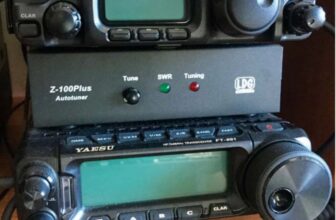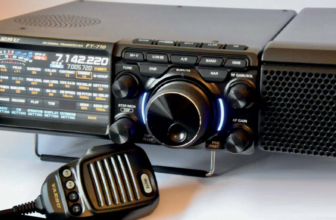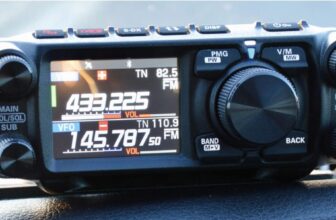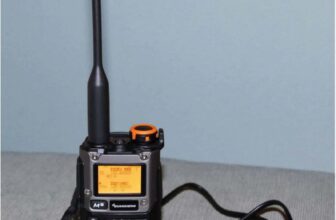Xiegu G106 Review
Richard Constantine G3UGF looks at what he describes as “The ‘friendly’ little radio you simply want to use’’, Xiegu G106.
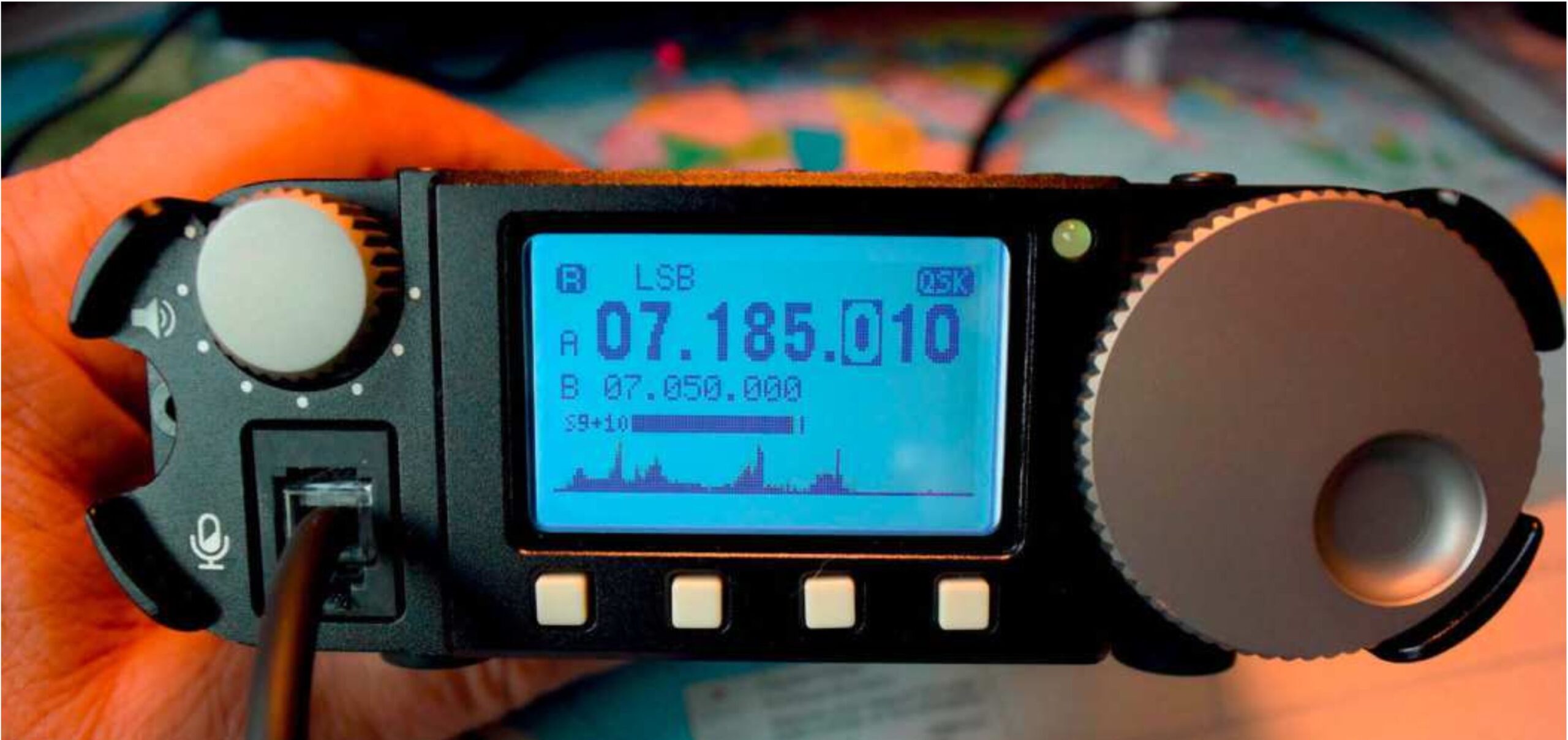
When I first handled this new curve sided radio, its futuristic appearance reminded me of vintage TV series of the 1960s and 70s. Know what I mean? People in white jumpsuits, headsets, low budget scenery and sci-fi noises from wobbulators and sine/square wave generators.
The G-106 definitely isn’t flimsy, it’s reassuringly solid. It’s a little heavier than it looks at 733 grams and measures just 120mm wide x 40mm in height x 135mm deep.
It’s smaller than a Yaesu FT-818ND as it has no internal battery and, of course, it’s half the price.
The ‘groovy’, stove finish casing is quality steel and extends at each front corner to protect the external controls, very handy when out and about.
Out of the Box
Unpacking and handling the new Xiegu G106 makes you really want to play with it and to find out just what it can do.
Firstly, it’s a 16 bit-CODEC, SDR design with receive capability from 0.55-30MHz, plus 88-108MHz, wide bandwidth FM broadcast reception.
It’s capable of transmitting SSB & CW as it stands. It’s also prepared for both lower and upper sideband data operation (with the small, optional DE-19 interface not shown) on amateur bands from 80-10 metres, including WARC bands. There’s also a portion of 5MHz – more on that later.
The copied handbook initially appears somewhat basic in certain areas. Having studied it at some length, almost everything you need to know is actually there.
In version 1.0 firmware, the AM transmit mode was inhibited. I’m pleased to report that in the latest V1.1b01 (EN) firmware it’s now included with quite a few other features that I’ll also mention. A downloadable ‘how-to’ firmware upgrade guide is available on the Xiegu website.
Xiegu describe the radio as, “An entry level, portable SDR transceiver, G-106 will be a good helper for you to play CW and FT8.”
From this you can take it that it’s perhaps not intentionally aimed at the main station shack market. To my mind it’s better described as a cost-effective alternative for portable activity and for PC linking/data use. It’s around one quarter of the price of an Icom IC-705 and a fifth the price of an Elecraft KX3.
That said, it is by no means basic, in many respects. Yes, I could list all the things it doesn’t have but that would be unfair. I’m more interested in the wealth of features and options it does have.
RF Power & Modulation.
The only band I found the power output of 5 watts carrier to be accurate as per book was 5MHz. All other bands were typically between 8-9 watts, into 50 ohm. For some reason 24MHz produced 11 watts. The radio doesn’t have an on-board speech processor but with the latest firmware it does have microphone gain settings. Settings are displayed as 0-30, that is, from 0 to 15db in 0.5db steps. With the gain set at the handbook default of 20, peak reading SSB meter results were similar to key-down at around 8 watts, with 24 and 28MHz highest producing 10 watt outputs.
Now for the likes of serious UK, QRP operators, low power is 5 watts. At the time of writing, there’s no power control option but, I have it on good authority that variable power is coming. For now, many users may consider the extra watts a bonus!
Modulation is clean and crisp from the electret hand microphone, but don’t expect an on-board equaliser at this price. Not that I’m a fan anyway. The internal CW keyer can be set to manual, lambic A and B etc. Speed control is accessed from the 4-button front panel menu system (see later). If you want to change keyer speed to match your contact, you have to be a bit nifty to set it up while the other guy is sending but it’s not too much of a problem, once you get the hang of it.
The radio can be adjusted to step directly from one amateur band to the next, using the top mounted Up/Down buttons or as a general coverage receiver.
There’s no rotary RF gain control, how often do you need one? There is a fixed gain pre-amp, accessed by holding down the top-centre Mode button. Ditching voltage and power ratio calculations that you can learn all about online if you’re not familiar with them, the real-world effect is around 9-12dB across the range, that is just about two S points to me and you, give or take QSB.
High Gain Receiver
Previously, I indicated that this is a radio intended primarily for portable use. Therefore, it’s reasonable to assume that in most cases antenna setups will be some form of compromise. This radio’s front end, in common with most of the Xiegu range, has an exceptionally high-gain RF amplifier for this purpose. Rx sensitivity is on a par with others at 0.25 muyv for 10dB S/N CW. SSB is a little lower at 0.5dB but perfectly acceptable in operation.
I was initially surprised when I connected it to a random 30m, non-resonant long wire that at some times of day (especially LF bands at night) the radio was simply overwhelmed. Using a frequency band specific, coaxially fed antenna largely cured the problem. Out and about using a resonant single band vertical or inverted-V it wasn’t an issue.
5MHz
I have an interest in 5MHz. I think it has an as yet, largely unexplored potential for amateur use. The military have long known its potential, hence they remain somewhat reluctant to give us more space.
Xiegu have rightly engineered their 5MHz capability to match the WRC-15 bandplan, ratified by IARU back in 2017. This doesn’t correspond with the current UK allocation. Indeed, at the moment you can’t use the QRP CW frequency of 5.262MHz. All operators need to be very careful elsewhere so as not to contact other countries outside our allocation. See the RSGB bandplan for details. My source tells me that the factory in China is aware of the UK dilemma and a fix may be with us very soon.
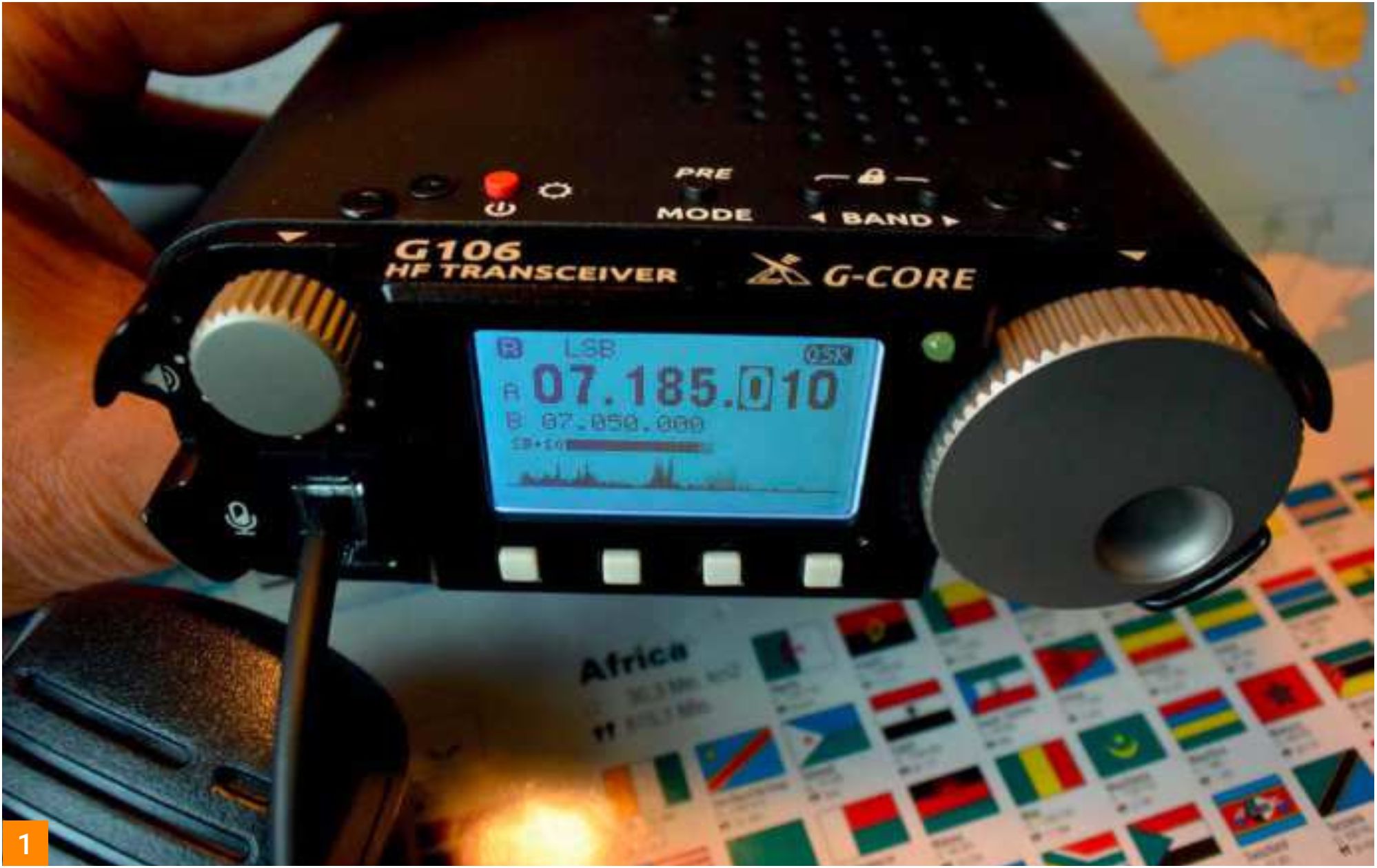
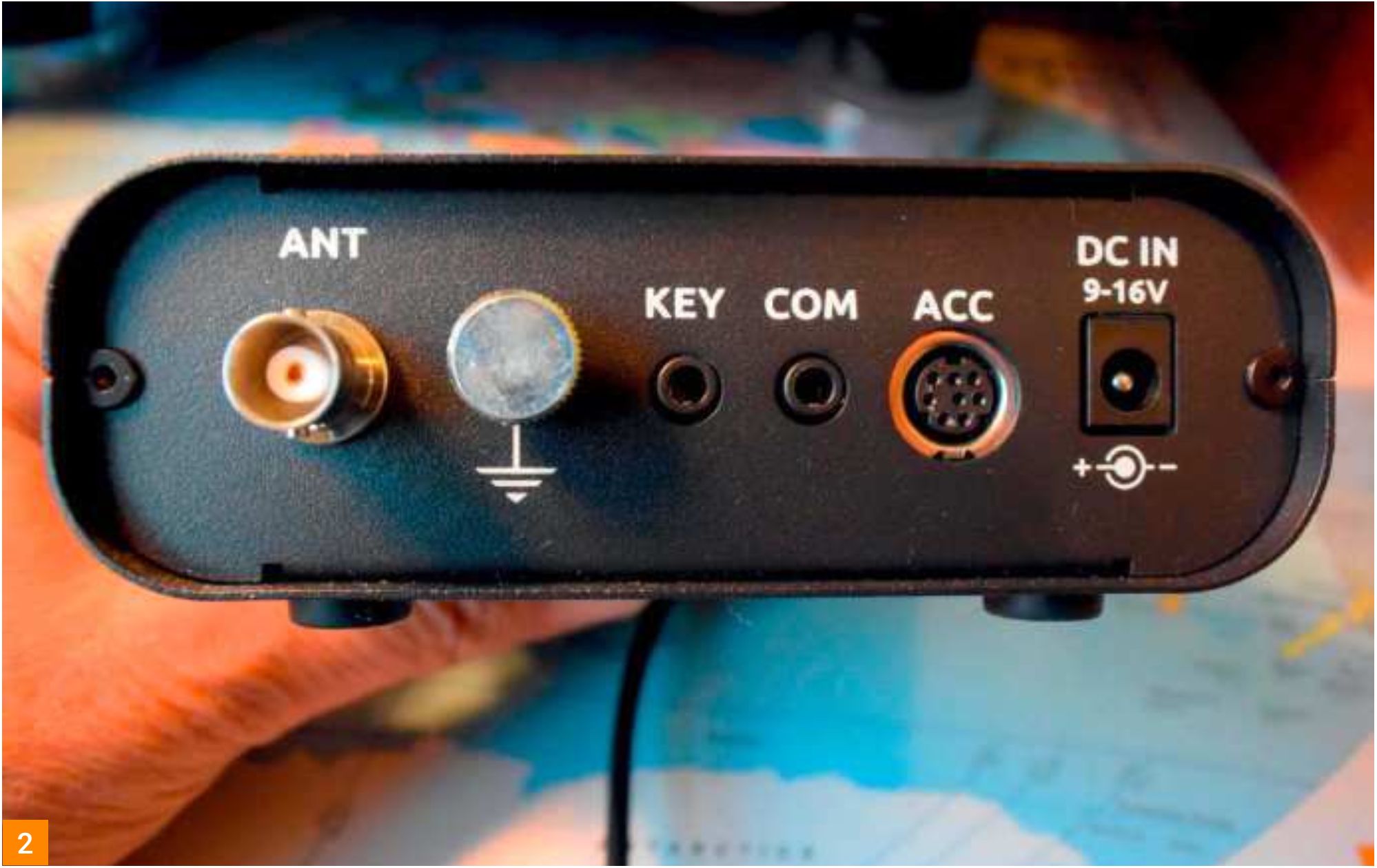
Operation and Options
First of all, the 5cm (2in) LCD monochrome, backlit display is clear and clean in appearance. Even in fairly strong light, the frequency readout is easy to see. The light can be turned off by a quick push of the On/Off power button. In normal operation the display presents the user with readout of mode, A/B VFO frequencies and a bargraph S meter. The screen also indicates VFO or memory in use. There are 50 memories to fill, ideal for beacons and spot frequencies.
The very useful panadapter that I wouldn’t want to be without these days, is displayed across the bottom of the screen and is a centre fixed type. It can be toggled between covering the amateur band or as they describe it, the “Full band. “You can also opt for a larger “Big Scope”display.
The tuning rate is fully adjustable, by holding down either the Up or Down band button for two seconds. This moves the rate from one tuning step to another. The current rate can be seen by the highlighted digit on the display. It’s the one with the border around it.
In TX mode the S-meter becomes a comparative modulation or keying indicator and it’s also visible on the panadapter.
Four Magic Buttons
What do the four buttons below the screen do? Well from here on they control just about everything else that’s not on the top edge of the radio, once you learn the acronyms. They put me in mind of how Yaesu’s FT-817 works.
Pressing any key replaces the panadapter with four headline menu options, one for each button. Rotating the VFO dial reveals another set of four and so on. In all, there’s a potential for 20 headline options. One or two remain vacant, waiting for future upgrades, if and when.
Pressing the option button of choice reveals a further sub-menu. A few are simply on or off choices, while most are further customisable.
There’s no VOX facility but there is QSK break-in for CW. Once or twice I was just able to bounce (get ahead) the break-in at high speed settings. Ratios are adjustable but I would suggest that it’s better to think in terms of near semi-break-in operation. It’s not a problem and neither is the small click from the keying relay, unlike some radios I know. The sidetone frequency is adjustable. The radio has switchable and effective receive bandwidth CW filters.
At the outset I said that this radio is by no means basic. It certainly isn’t in many respects. Once you study the handbook matrix of the options available through the four magic buttons, just about everything you need for every mode, including data, is available.
In the early stages of ownership, I would recommend carrying a laminated print-out of the Multi-function Menu system, if not the 25-page handbook.
The radio has an internal speaker that I would describe as perfectly adequate, if a little on the toppy side, due I think in part to the robust metal casing. However, something unexpected is that this radio doesn’t have a conventional 3.5mm external speaker socket on the rear panel. At first this really threw me off course.
I discovered almost by accident that pressing the volume knob switched the audio to the microphone. Then and only then could I attach my headphones to the 3.5mm socket at the base of the hand microphone. The socket’s dust cover doesn’t swivel out of the way making it a bit of a fiddle to connect the plug. While the socket requires use of a stereo connector, you only get sound in one ear when using stereo headphones. You either need to use switched types or strap both leads together for full effect.
Tip: The 4-pin RJ type Speaker/Microphone socket pin-outs are shown in the handbook. This makes it relatively easy for a user to make up a simple PTT breakout box for a headset and electret boom microphone – first thing I would do.
Data and Accessories.
Thus far I’ve been considering the stand-alone use of the radio. In common with other Xiegu models and design philosophy there’s potential to use the radio with their XPA-125B 100W amplifier, computer control and data communications.
The standard 8-pin accessory socket on the rear of the transceiver provides waveband data voltage signals. The values for band switching or controlling peripheral devices are listed in the handbook.
With the option to purchase the DE-19 interface adapter that’s supplied with four interconnecting leads, it becomes a simple plug-and-play operation to connect a computer and/ or the XPA-125B linear amplifier. The handbook recommends the installation of a CH342 port driver and use of the same datacomms software as per their G90 radio.
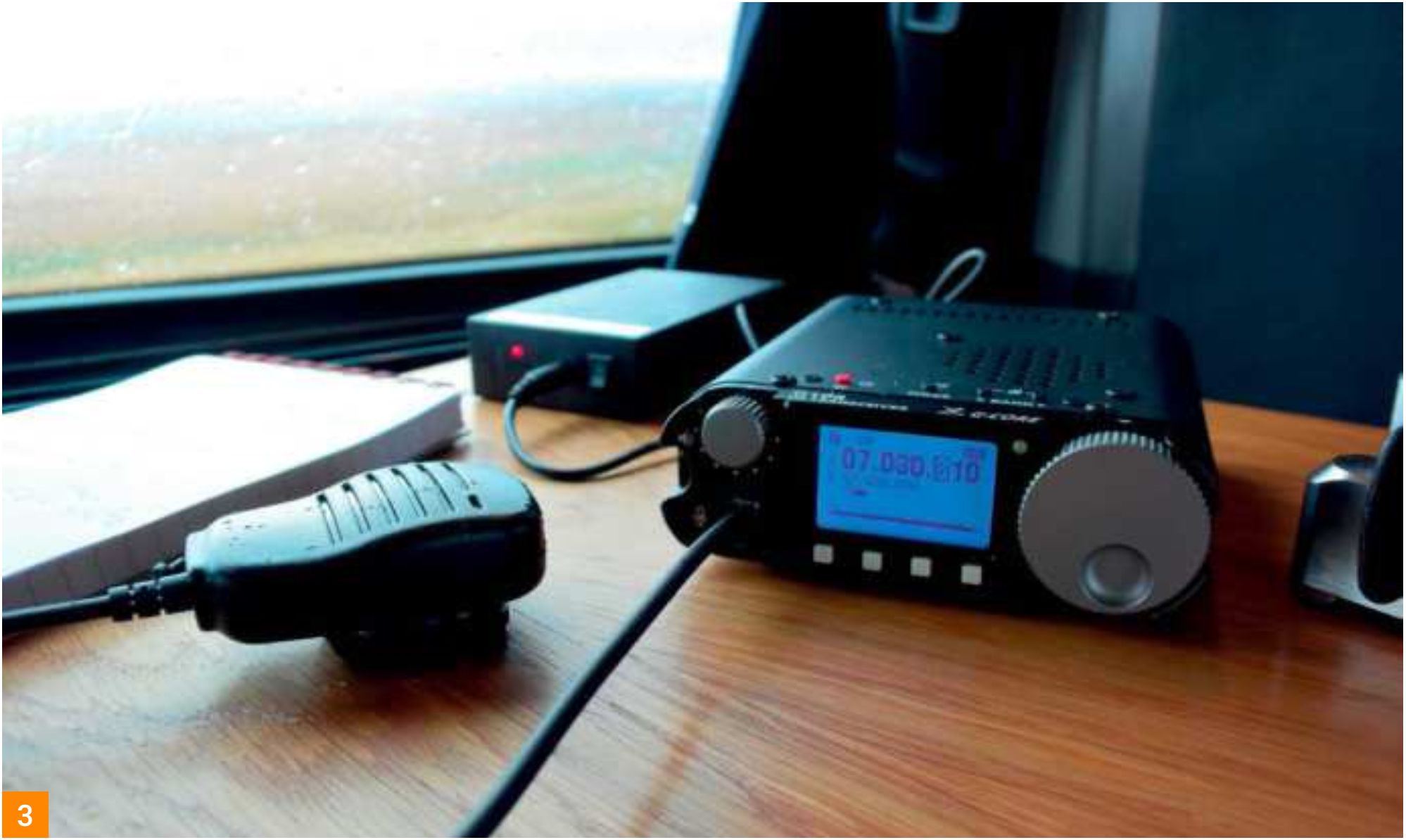
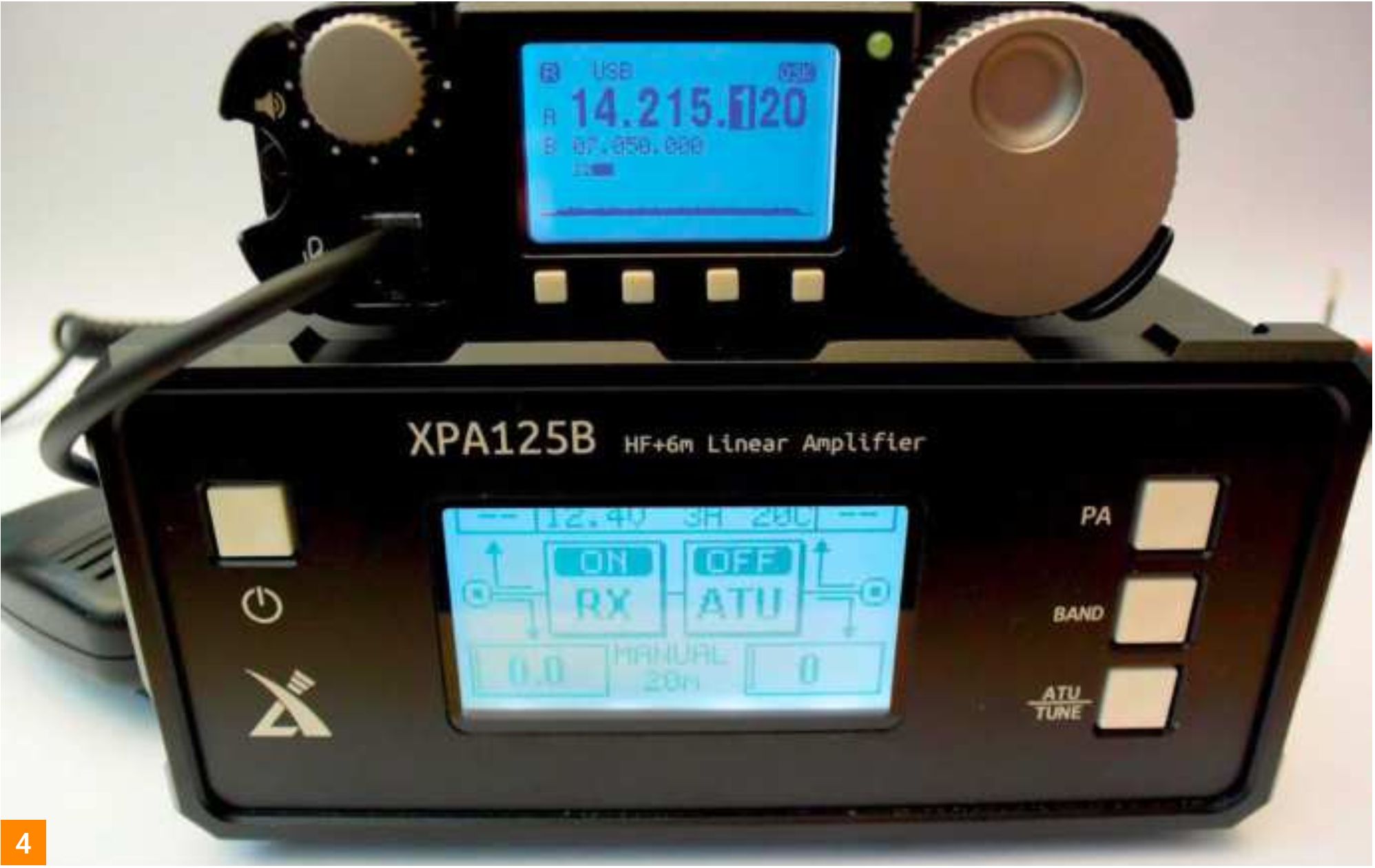
Impressions
I had every intention of opening this radio up for readers to see its internal workings and was kindly given permission to void its warranty sticker. However, I can do better than that.
This radio has a clean bill of health from the FCC and carries its own approval number: 2ANLH-G106. The complete test report is available online. The report includes a full set of photographs of the high-quality internal workings. Look on-line and judge for yourself if the radio is for you.
I’ve had fun with this little box and enjoyed using it and discovering its potential, both at home and out in the field. In terms of value for money, it has no real comparison other than with models from the manufacturer’s own range.
I would describe it as a sort of, compact, ‘friendly’ little radio that you simply want to use, and especially good for a little casual portable. The deceptively simple looking front panel hides a wealth of useful features and functions. It has to be 5-stars for value as it certainly won’t break the bank.
In addition to SSB and CW it can be used as a monitor or data radio, without tying up the main station. Having taken time to understand it and not rush to judgement, I can say that for now it’s a good 4-star radio in its present form and with free, downloadable firmware upgrades on the cards, that value can only increase.
I would like to thank the team at Nevada and Waters & Stanton for not only the kind loan of the review radio but also for responding very promptly to all my many technical enquiries.
When you purchase through links on our site, I may earn an affiliate commission. Here’s how it works.






